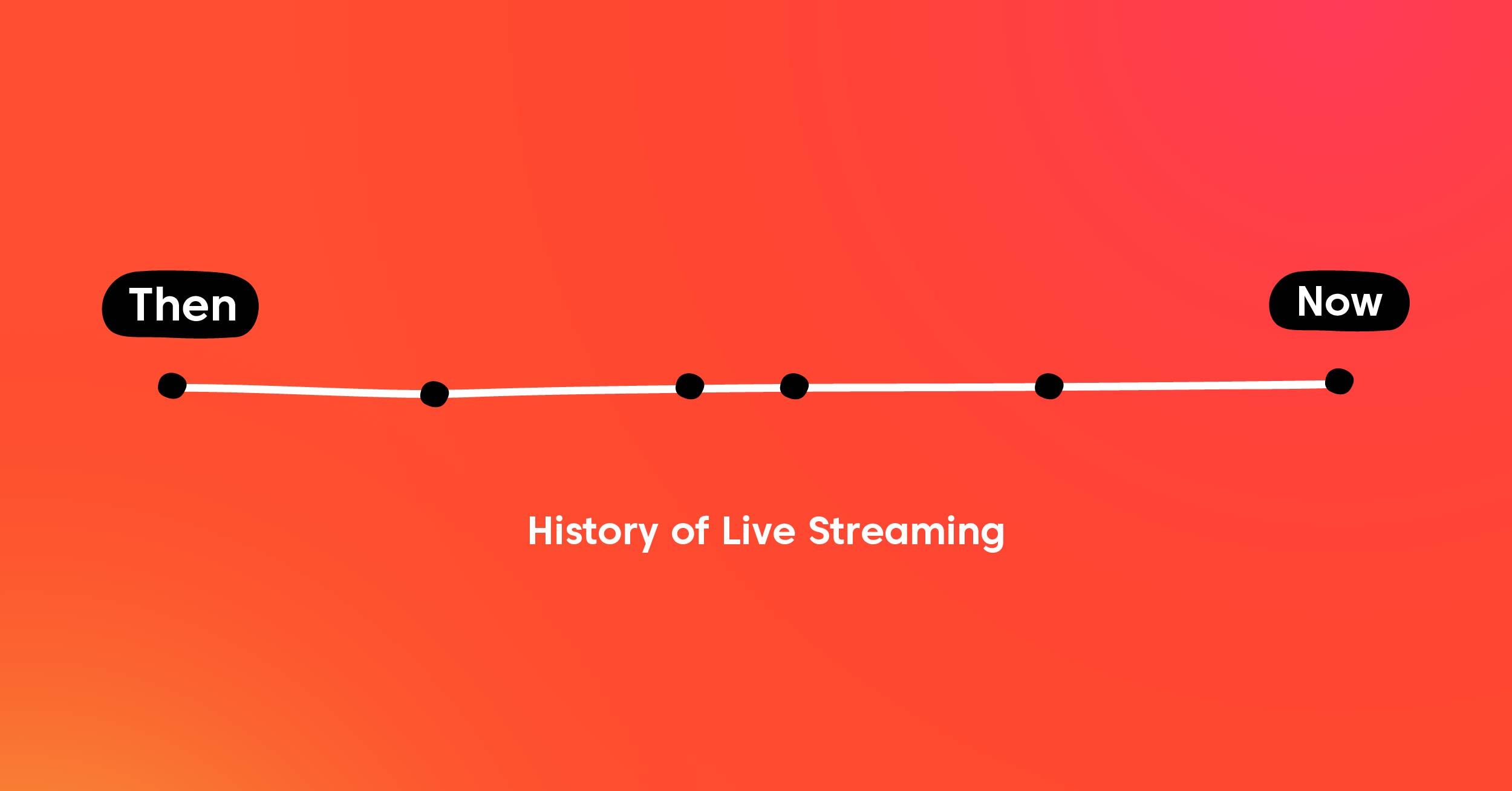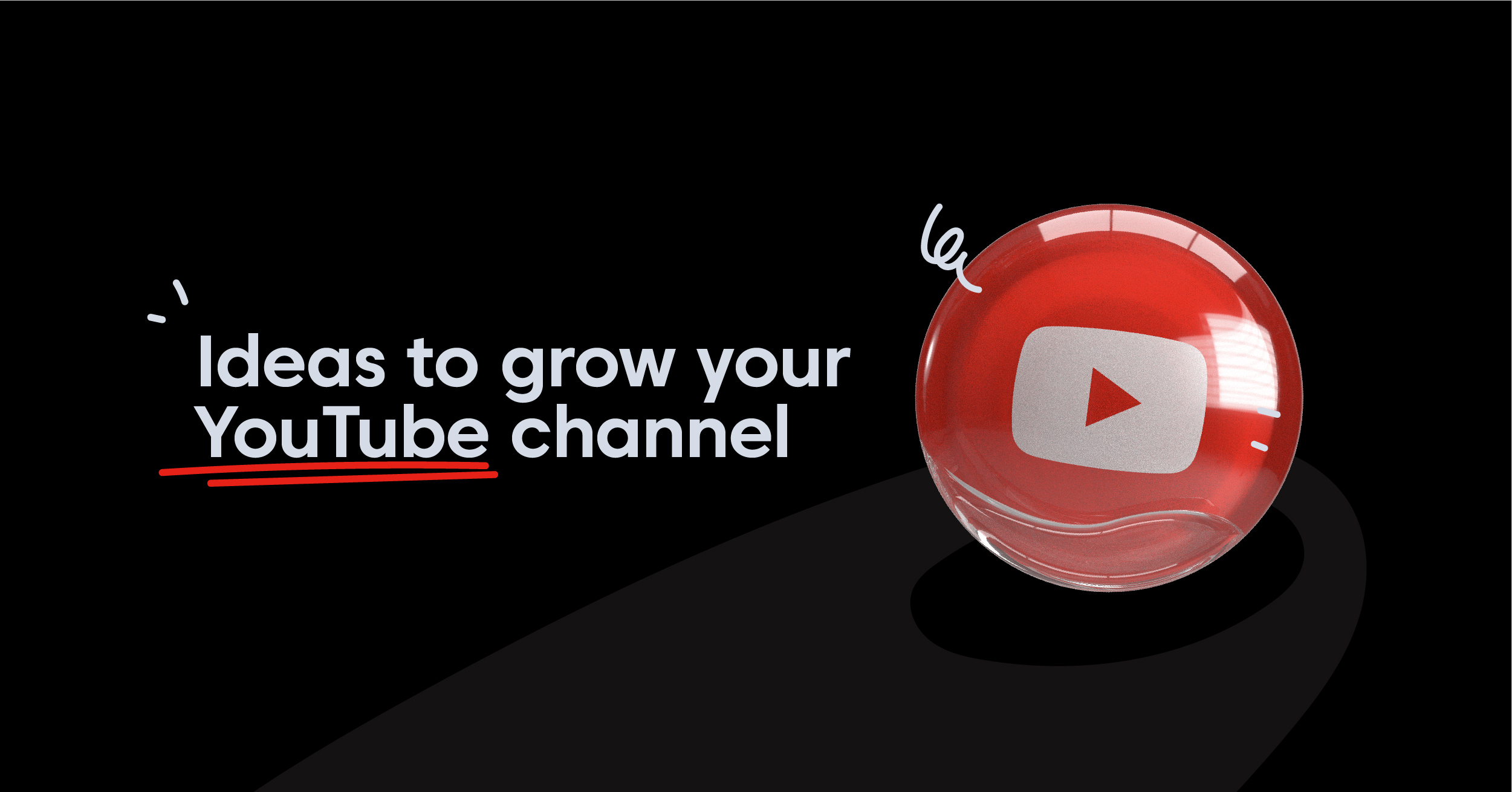Video streaming is a type of media streaming in which video is continuously transmitted over the internet. It has been made possible by the growth of fast internet connections and powerful video streaming platforms. Nowadays, with the help of video streaming, we can watch live events, movies, TV shows, etc., on our computers, laptops, smartphones, and tablets. That’s why the growth of video streaming services has been exponential in recent years.
The main method of delivering video content was through progressive download in previous days. In this method, the user had to download the entire video file before they could start watching it. This was not very efficient as it took much time, especially for larger files.
Therefore, watching the live video also wasn’t possible with progressive download. Later the technology of Adobe Flash improved, and it allowed for streaming video over the internet. This was a big step forward, but it had some limitations. The biggest one was that it only worked on Adobe Flash computers installed.
In 2009, Apple Inc developed a new streaming protocol called HTTP Live Streaming (HLS) to solve the limitations of Adobe Flash. HTTP Live Streaming is a very popular streaming protocol used by many online video platforms today. It works on all major web browsers, including Safari, Chrome, Edge, and Firefox. It is also supported by many mobile devices, such as iPhones, iPads, and Android smartphones and tablets.
Today the focus of this article is on HLS- HTTP Live Streaming. In the following sections, we will discuss what HLS is, how it works, and its advantages.
Let’s get started!
What is HTTP Live Streaming (HLS)?
HTTP Live Streaming, also known as HLS video streaming, is an HTTP-based adaptive bitrate streaming communications protocol developed by Apple Inc in 2009. HLS is the widespread video streaming protocol in use today. It’s popular for several reasons, but most importantly, because it’s built into all Apple products and has great compatibility with iPhone, iPad, iPod touch, QuickTime Player, Safari, and other software. Android, Adobe Flash, Microsoft Silverlight, and many other products, the protocol is also supported.
HLS is a newer experience for viewers, similar to how MPEG-DASH works. Instead of watching one long stream that you can’t break up into pieces and take your time with – HLS lets the user watch individual chunks as they come available instead. This can be beneficial to the user because they don’t need to wait for an entire video to download before they start watching, and it also means that if their internet connection is interrupted, they can pick up where they left off without losing any content.
How Does HLS Streaming Work?
HLS Streaming ensures ABR (adaptive bitrate) streaming by fetching small video segments one at a time and playing them back in order. This ensures that the user is never without video, even if their internet connection is lagging or if they have to stop and start the video.
HLS Streaming also uses a technique called CMAF (common media application format), which allows for the same video file to be used for both HLS and DASH streaming. This means less work for the server and less buffering for the user.
This protocol is different from other video streaming protocols because it uses HTTP as its transport layer. This means that it can be used with any web server and doesn’t require special software or hardware.
Besides these, since the protocol creates small video segments, it is also possible to cache these segments on the user’s device. This reduces the amount of data that needs to be downloaded and can improve the user experience even further.
For low latency live streaming, HLS is the best option currently available. Latency can cause issues with other streaming protocols, but HLS has been specifically designed to reduce it and ensure ultra-low latency streaming.
HLS also offers encryption for video streams, which can be beneficial for companies who want to protect their content. AES-128 can encrypt video streams, and the key can be rotated periodically to ensure that the content remains secure.
Overall, HLS is a great streaming protocol that benefits both users and companies. It is compatible with a wide range of devices and software and can be used for live or on-demand streaming. It is also very scalable, so it can be used for small streams or large-scale events. If you’re looking for a streaming protocol that offers high quality and low latency, HLS is the best option currently available.
HLS Streaming Working Process At a Glance:
Input: The input is a live camera feed or a pre-recorded video for live streaming. For on-demand streaming, the input is a video file. The videos are also sent with audio and captions.
Transcoding: The video is transcoded into multiple bitrates and resolutions.
Encoding: An encoder converts the video into a format that can be streamed, such as H.264 or H.265.
Segmenting: The encoded video is packaged into small segments and sent to the server.
Output: The output is a stream of video segments that can be played back by the user.
Indexing: The segmentation process maintains an index of all the available video segments.
Manifest File: The manifest file is used to keep track of all the available video segments and their order.
Publishing: The client software can access the manifest file and start playback once the URL of the indexed file is published.
Player: The player retrieves the manifest file and starts playing the video from the first segment. The player fetches the next segment from the server as each segment is played.
Why Should You Choose HLS Streaming?
HLS streaming is a technology that allows video content to be delivered to users more efficiently. It does this by breaking up a video into small fragments and then delivering those fragments to the user one at a time. This method is more efficient because it allows the video to be delivered in a more timely manner without having to wait for the entire video to be downloaded first.
The features that make HLS streaming so efficient are:
Adaptability:
HLS streaming is adaptive, meaning it can automatically adjust the video’s quality to match the user’s internet connection speed. This ensures that the user always receives the best possible quality video without worrying about buffering or other issues. Adaptive bitrate streaming is the key to delivering a great streaming experience to users.
Fragmented MP4 Files :
HLS streaming uses fragmented MP4 files, a type of media file specifically designed for streaming. Fragmented MP4 files are more efficient to stream than other video files because they are designed to be read sequentially, allowing for faster video delivery.
Ultra-Low Latency:
HLS streaming has ultra-low latency, which means a very little delay between the video being encoded and the user being able to view it. This is important for live streaming applications, where every second counts. Ultra-low latency is achieved by using a special server called an edge server, which is located close to the user. HLS streaming protocol ensures smooth streaming of visual and audio media to users.
Security:
HLS streaming is a secure protocol, making it difficult for unauthorized users to access the video content. This is important for businesses who want to protect their copyrighted content. HLS streaming uses AES-128 encryption, a standard encryption method used by many businesses to protect their data.
Protected Content:
HLS stream supports the use of DRM, which is a technology that allows businesses to protect their copyrighted content. DRM is used to encrypt the video content so that only authorized users can access it. This is important for businesses who want to prevent their content from being pirated.
Scalability:
HLS live streaming is scalable, which means that it can be used to deliver video content to a large number of users without losing video quality. It can synchronize playback of multiple streams and large audiences. This is important for businesses who want to reach a large audience with their video content. HLS video streaming can scale to meet the demands of a large number of users by using a CDN, which is a network of servers located around the world.
Start HLS Streaming with Castr
Castr uses advanced HTTP live streaming tools and technologies. Castr’s players support HLS live streaming, so all you need to do is create an account and upload your video. Then, publish the URL of your manifest file, and your video will be ready to play.
Castr’s HLS streaming player is fully customizable, so you can choose the size, position, and layout that best fits your website. Castr uses the Multi-CDN strategy to deliver your content, so you can be sure that Castr will deliver your video quickly and reliably. Besides Castr, you can also try our Video Hosting API for your upcoming project. Start a free trial with us now.







